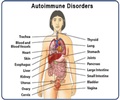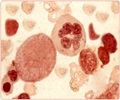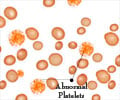Diagnosis of Bleeding Disorders
Bleeding disorder diagnosis is a step-by-step procedure as coagulation involves a cascade of events.
If a person presents with a bleeding episode, the doctor may order for the following tests:
- Complete Blood count (CBC) - To look out for anemia and to check for the number of platelets. If low a person may have tendency to bleed.
- Bleeding Time (BT) - Tests the platelet function and is abnormal if prolonged. The most common cause of its prolongation is due to intake of tablet aspirin.
- Clotting Time (CT) - Prolonged indicates severe deficiency of any of the coagulation proteins.
- Prothrombin Time (PT) test - To evaluate the extrinsic and common clotting pathway.
- Partial Thromboplastin Time (PTT) test - To evaluate the intrinsic and common clotting pathways.
If the PT or PTT is prolonged, further testing may be ordered. Some of these are:-
- Thrombin clotting time
- Fibrinogen level
- Fibrinogen Degradation Product
- Factor Activity Assay to measure levels of various clotting Factors such as VIII, IX and others like - II, V, VII, X, XI, XII
- The Thromboelastograph
- Lupus Anticoagulant
- Genetic Tests - This can be done for studying the type of hemophilia

















